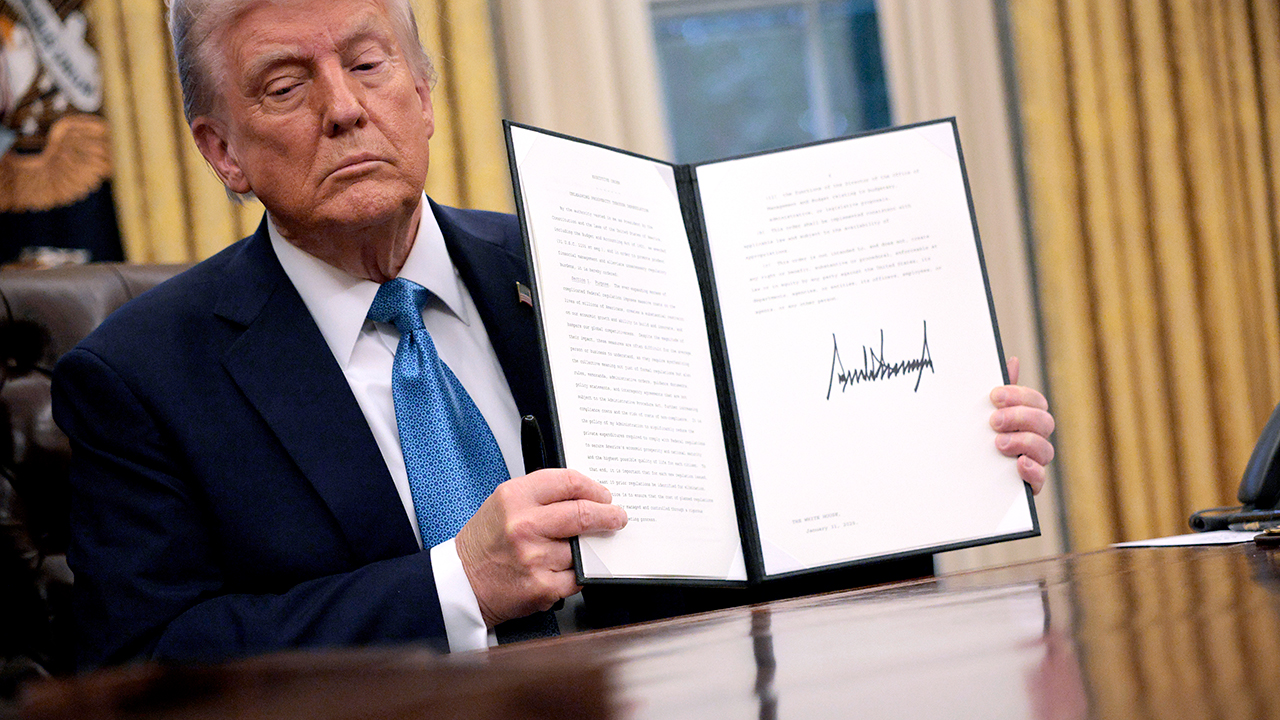According to Google Trends, after Donald Trump won the election for the presidency, the searches on Google for tariffs skyrocketed. This spike shows that even though he was elected with a plan emphasizing tariffs, many Americans don’t even know what they are. Whether it be Trump supporters who voted out of emotion rather than facts, Harris supporters who voted without knowledge of Trump’s policy, or people who didn’t vote for either of them, many Americans are unaware of what tariffs are. It is important that Americans know what tariffs are because Trump plans to use them, and they will affect our lives.
Tariffs are a taxation which is put on imports from other countries. Companies that import from other countries must then raise the prices of their products to make up for the lost revenue from having to pay the tariff. For Example, if a tariff is put on a product, then importers will have to pay that tax, so they increase prices, putting the cost of tariffs on consumers. The theoretical effect is that consumers will choose to buy American products instead, thereby helping the American economy and making us more independent. However, this isn’t always the case because countries can often retaliate with their own tariffs, which hurts both economies. Often, both countries end up retracting their tariffs due to either economic hurt or consumer anger from raised prices.
Historically, in the United States, tariffs have been used for three main reasons: revenue, restriction, and reciprocity. Dartmouth economist Douglas Irwin estimates that between 1790 and 1860, tariffs made up for about 90% of American revenue. Due to more taxes such as excise tax being created after this period, until 1913, tariffs made up around half of American revenue. Then, in 1913, the United States income tax was established, becoming our biggest source of revenue and essentially making the tariff obsolete for raising revenue. Since then, tariffs have only been used in America to protect domestic industries and boost them, as well as a bargaining chip to use in diplomacy with other countries, such as an embargo on apartheid South Africa or sanctions put on Russia during its war with Ukraine.
Trump’s current and former tariff plans have and will have many effects on the American people. According to the Tax Foundation, Trump’s first administration imposed $80 billion worth of new taxes on Americans through his tariffs on thousands of products valued at $380 billion in 2018 and 2019. They also estimate that his tariff plan on Canada, Mexico, and China will shrink economic output by 0.4% and increase taxes by $1.1 trillion between 2025 and 2034, an average tax increase of $800 per household in 2025. Before the 25% tariffs on Canada and Mexico came into effect, they compromised, with Canada creating a “fentanyl czar”, Mexico assigning 10,000 of its national guard to the border, and Trump pausing the tariffs for a month. With China, however, we did not compromise, with them placing 15% tariffs on energy exports and 10% tariffs on 72 different manufactured products.







